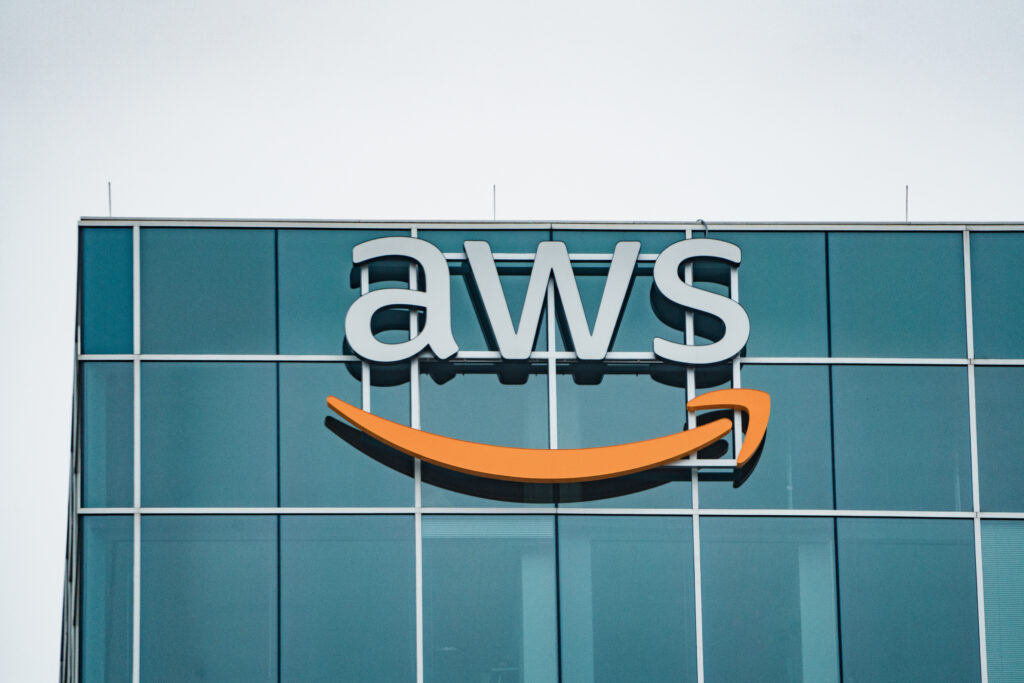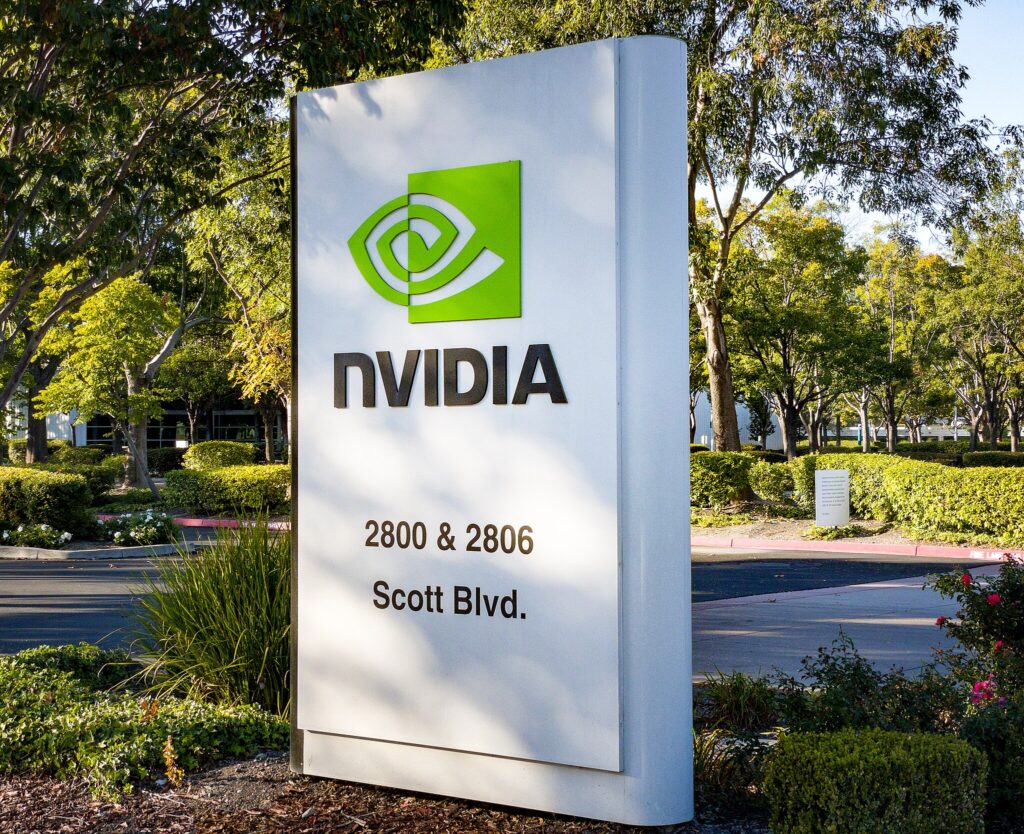At its yearly London Summit this week, AWS boasted the launch of a program to upskill 100,000 people in AI within the next five years. This was the headline news, typical of big-name summits like these – but the event also saw SAP Databricks become generally available on Amazon Web Services for those end users already deep into AI in their ERP.
As a co-event with the AWS London Partner Summit, it’s obvious who the target audience is. This is the hyperscaler’s chance to set out its stall for integrators, customers, and more in the ecosystem. But that audience isn’t necessarily interested in the main keynote announcements, which – as with most vendors – seem to be a play for the broader tech headline segment and, increasingly, a promise of an economic boost to the host country.
ERP Today has heard Microsoft, Salesforce, and others talk about upskilling the UK nation. Salesforce promised billions of dollars in AI investment at one summit; more recently, Redmond declared an intention to machine-augment the British public sector. These announcements come with commissioned survey results that conveniently back up these bold initiatives, and AWS was no different on Wednesday, revealing that one UK business is adopting AI “every minute” , apparently.
ERP Today isn’t playing the cynic here; our job, after all, is to find out what’s truly relevant to the ERP landscape. And while it came AI-coded, it’s no surprise to see the real story of value coming from the SAP side.
SAP Databricks on AWS
As announced on Wednesday, SAP Databricks is now generally available on AWS. For the unfamiliar, SAP Databricks is a native integration of Databricks’ Data Intelligence Platform within SAP’s Business Data Cloud. Launched in February, the offering stems from a strategic partnership between SAP and the cloud-based Databricks platform, which is designed to help organizations build, scale, and manage data and AI solutions.
With SAP Databricks on AWS, the ERP giant says users will benefit from end-to-end AI and machine learning, plus a trusted data foundation that “governs and protects data and AI assets.” This is made possible, SAP says, by simpler access to all data, using zero-copy Delta Sharing and blending with third-party data and a pro-code environment. Users are promised they’ll be able to write Spark scripts, run SQL analysis, and create machine learning models in “any” notebook.
This is where the real meat on the bone is for the customer base – not entry-level newbies getting a little hand-holding with GenAI chatbots. Instead, this is the base made up of SAP users on AWS, organizations already using AWS and Databricks, and data teams in SAP environments.
Potentially, these end users can take advantage of smoother access to Databricks’ AI and ML tools directly within the SAP ecosystem. This reduces the need to move data between systems, accelerates time-to-value for AI projects, and ensures unified governance and compliance across both SAP and non-SAP data.
The AWS–SAP Databricks integration also has the potential to support end-to-end AI and machine learning workflows, enabling users to ingest, process, train, and deploy models all within their AWS environment. Databricks offers capabilities like Delta Lake for high-performance data lakes, MLflow for model management, and development environments that support Spark, SQL, Python, R, or Scala. It also offers Delta Sharing, which allows zero-copy access to SAP data – the advantage of which is reduced data duplication and latency while maintaining security, since data can be accessed and analyzed in place without being moved.
On the pro-code side - and it feels refreshing to not be tying low- and no-code for once – data scientists and engineers can have the flexibility to write custom Spark scripts, perform advanced SQL analysis, and build machine learning models using the tools they’re familiar with. The SAP Databricks integration should make it easier to blend SAP ERP data with external or third-party data sources, which enhances the quality and depth of AI models. That’s really the end goal with AI deployment: more sophisticated, scalable, and secure AI solutions that are more accessible within the SAP landscape, without removing SAP as the core system of record.
SAP, AWS, and the Overall Market
So while we can overlook the 100,000-headline figures and delve brick-by-brick into the low-key Databricks news, we may be getting ahead of ourselves and missing the bigger picture view from the AWS London Summit 2025.
For SAP, the Databricks move sees the giant embrace more open data ecosystems and modern data platforms, allowing customers to break down traditional data silos and extend the value of their ERP data through advanced analytics and machine learning. SAP is becoming more of an intelligent enterprise operations enabler rather than the traditional and transactional system of record of yore. It’s more decisive in supporting AI- and data-first architectures by working closely with hyperscalers and leading data platforms, rather than relying solely on its own proprietary stack.
For Amazon Web Services, the hyperscaler becomes more the preferred cloud partner for large enterprise workloads. While SAP also has partnerships with Microsoft Azure and Google Cloud, the general availability of SAP Databricks on AWS gives Seattle’s shining light a competitive edge by offering native integration with a leading AI and data platform -Databricks – one that’s become ever more gilded since the evolution of its SAP partnership this year.
Overall, this represents a maturing cloud ERP market where value is increasingly defined not just by hosting or migrating legacy systems to the cloud, but by enabling intelligent automation, predictive capabilities, and scalable innovation. Smart vendors know that they can’t A) wave AI about like a magic wand, and B) expect the status quo to remain. The two scenarios are not compatible in any fashion.
Today’s enterprises want to extract deeper value through AI, and they can’t afford to be beholden to the usual platforms simply for historical and convenience’s sake – especially with an AI-led future needing a new wave of workers needing to be skilled in AI so it can grapple with cutting-edge analytics platforms and cloud systems.
What This Means for ERP Insiders
Beyond the Headlines, SAP Databricks on AWS Brings Real Value. While the headline-grabbing announcement at the AWS Summit centered on a bold pledge to upskill 100,000 people in AI, the more impactful development for enterprises working within SAP environments came from the quieter rollout of SAP Databricks on AWS. This native integration embeds Databricks’ Data Intelligence Platform within SAP’s Business Data Cloud, allowing organizations to execute full-spectrum AI and machine learning workflows – from data ingestion through model deployment – entirely within AWS.
Deeper Integration for Current AWS and Databricks Stakeholders. For organizations already operating on AWS and leveraging Databricks, this integration represents a major operational lift. It enables seamless blending of SAP ERP data with external sources, unlocking more comprehensive analytics while minimizing the need to move or replicate data. This setup not only streamlines data governance and compliance but also provides the scalability and performance needed to support production-grade AI use cases, pushing ERP analytics into a new era of relevance and speed.
Strategic Alignment Signals a Changing ERP Landscape. SAP’s partnership with Databricks on AWS it reflects a strategic realignment toward open, intelligent data ecosystems. By deepening its collaboration with leading hyperscalers, SAP is moving beyond its legacy as a closed, transactional platform to become a key enabler of AI-first enterprise architectures. AWS, in turn, positions itself as the cloud partner of choice for enterprise-grade AI in ERP, gaining an edge over competitors in Azure and Google Cloud.





